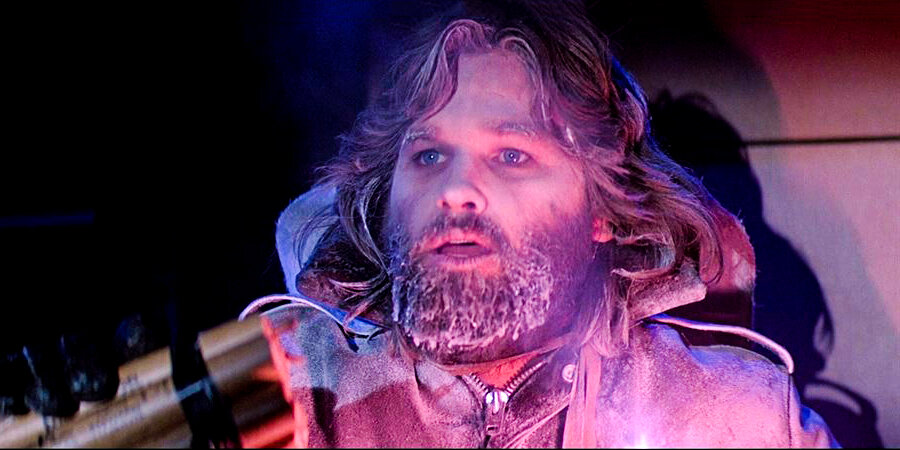
The concept of paranoia is typically associated with aspects such as fantasies of persecution, unjustified jealousy, inflated self-importance, and more. Of course, these are not positive things to feel or experience, and while these attributes are unpleasant, there are countless films about this psychological condition.
The idea of paranoia does allow filmmakers to tackle concepts such as fear, suspicion, and distrust that can spark intriguing discussions, complex storytelling, and striking visuals. Paranoia can lie within relationships, oneself, institutions, or even politics. With a multitude of subjects and themes that paranoia relates to, here is a list of some of the best films regarding paranoia.
1. The Game (1997)
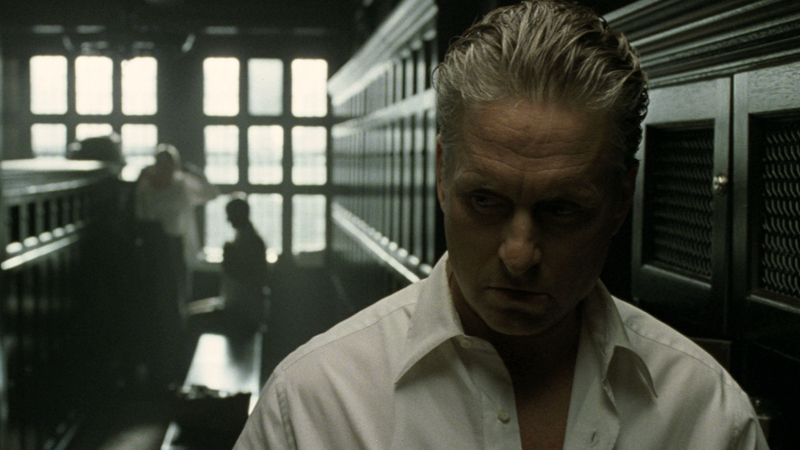
While not considered one of David Fincher’s extraordinary masterpieces, The Game is an extremely entertaining film that has audiences guessing until the end. It tells the tale of a wealthy investment banker named Nicholas Van Orton (Michael Douglas). Orton is given a mysterious gift by his brother (Sean Penn). The present is a game that infiltrates his everyday life. As the lines between the banker’s reality and the game start to blur, Michael begins to worry this gift of a game has become a nightmare he cannot escape.
One of the major factors that makes The Game riveting is Fincher’s love and understanding for obsession and paranoia. In the film, every character is shot through a lens of suspicion that moviegoers can intensely feel. The way Fincher uses darkness and shadow to build confusion and doubt is skillful and is comparable to the artistry of Hitchcock and the resourcefulness of Jacques Tourneur. Along with the filmmaking techniques, Fincher also knows how to play with his audience. Throughout the movie, it seems viewers may be able to figure out exactly what is happening. Audiences feel so close to discovering the truth, and just when they have an idea, it is dashed. It is true when one question is answered, 50 more questions appear.
The characterization of Orton is another key element that makes The Game thrilling. Orton’s past trauma, fear, and secluded nature display his need for control. Fincher highlights this through smart subtlety. The hints at Orton’s financial status that allow him to set his own rules and the shot of his mansion revealing its emptiness and coldness allows audiences to put the pieces together. With the need for control being prominent and relatable, it is fascinating to see Orton’s world begin to crumble. Douglas does a great job a capturing all the emotions Orton goes through. Fear, sadness, worry, and anger are all shown through Orton’s uncertainty in his environment and Fincher is dedicated to capture every minute of it.
The Game knows exactly how to build paranoia and enthrall moviegoers.
2. The Thing (1982)
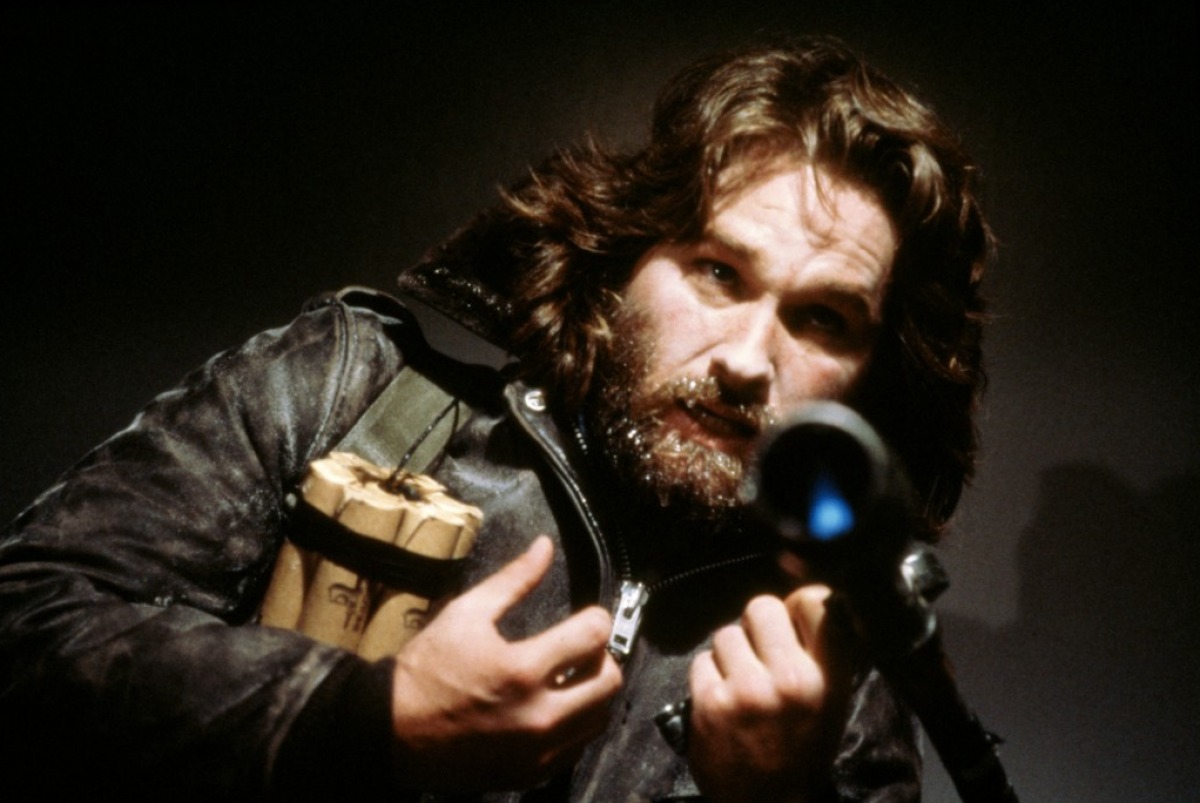
Although appearing as a box office bomb in 1982, a reevaluation of The Thing proves it is an amazing examination of mistrust and paranoia. The Thing depicts a group of American researchers in Antarctica who discover a parasitic extraterrestrial. As the hostile lifeform starts to penetrate the group of researchers, the men are overcome by wariness and learn that they can no longer trust anyone. The film stars Kurt Russell as the team’s helicopter pilot and the main protagonist, R.J. MacReady. The Thing also features a notable supporting cast that includes A. Wilford Brimley, T. K. Carter, David Clennon, Keith David, Peter Maloney, and Thomas G. Waites.
This film is one of the best examples of the power of atmosphere. While the characters are friendly and lighthearted in the beginning, there is always the presence of looming dread due to the setting and the score accompanying it. The vast openness of the artic sets up a feeling of isolation and bleakness that is ever present. Isolation and terror grow more and more as the atmosphere becomes tension filled due to the growing level of suspicion. Carpenter, Russell, and the rest of the cast do not let up.
The alien itself is also a source of paranoia. It can mimic its host perfectly and it is never clear when the relentless lifeform will show itself. When it does appear in its more foreign form, the grotesque and groundbreaking effects, done by Rob Bottin, are shocking and brilliantly excessive. As a result, audiences are constantly on edge because of the element of surprise.
Lastly, The Thing must also be applauded for its intellect. Its vision of nihilist terror that discusses the erosion of trust among friends, communities, and even in one’s own body is not only clever but ageless. The paranoia expressed in The Thing is relevant and can be applied to different real-life situations throughout history from The Red Scare to the post-Vietnam era.
With a career spanning numerous years, John Carpenter’s remake of The Thing from Another World is still his greatest masterpiece.
3. Repulsion (1965)
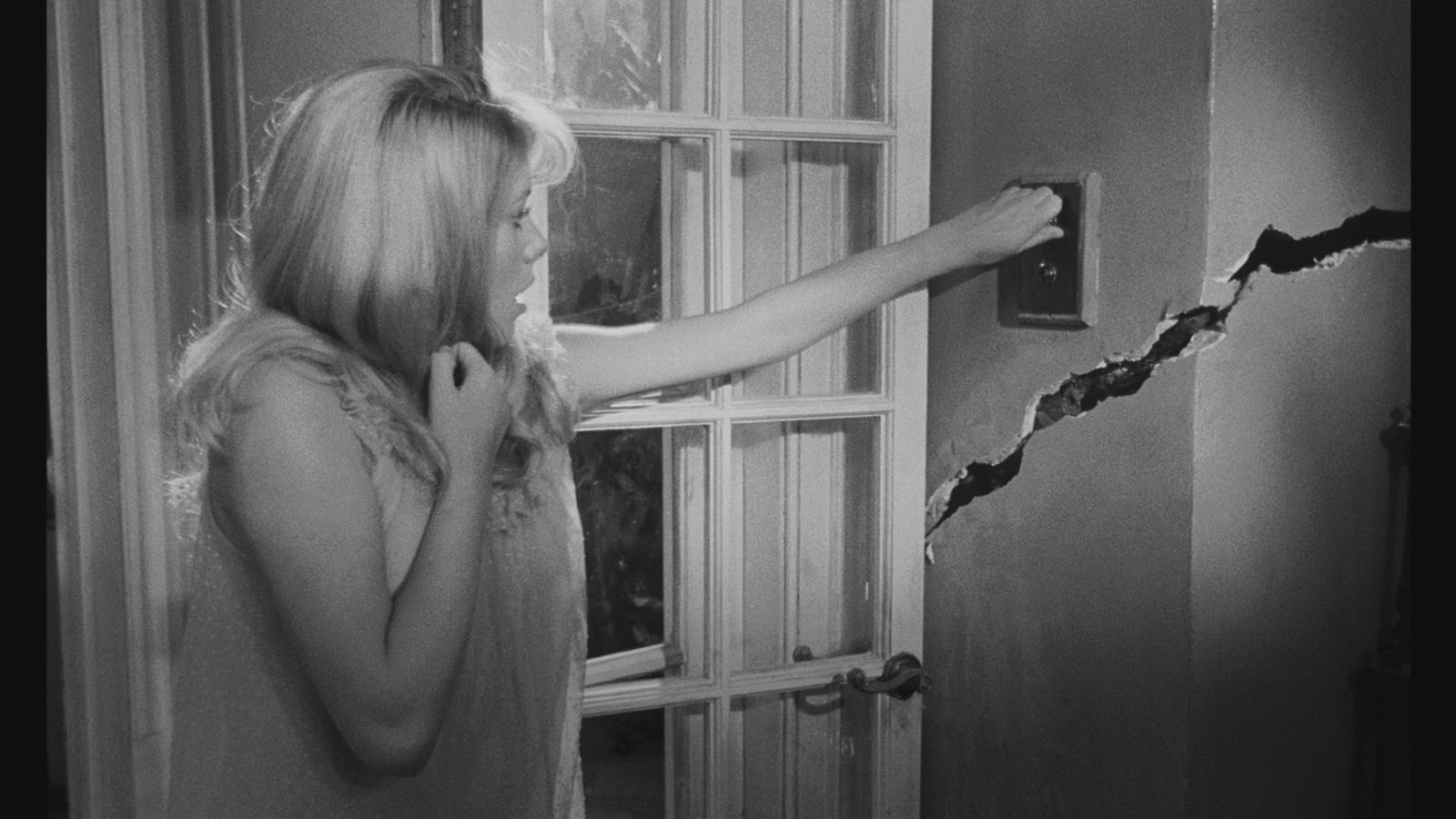
Polanski’s first English-language film is a must-see movie that explores the madness that encompasses paranoia. Repulsion’s plot revolves around a young manicurist, Carole (Catherine Deneuve) and her fear of men. When her sister and roommate, Helen (Yvonne Furneaux), leave their London apartment to go on holiday with her married boyfriend (Ian Hendry), Carole’s phobia becomes more apparent and jeopardizes her sanity.
The tactics used in Repulsion make it an intimate and tumultuous journey into psychosis. Whether it be the camera movements, or the soundtrack filled with disordered sounds like bells, heart thumps, and ticking, audiences feel the overwhelmed and delusional nature hiding inside Carole. Along with sounds and specific movements, the symbolic visuals of Carole’s insanity are creatively impressive. The manner in which a growing crack on a wall in Carole and Helen’s flat can represent Carole’s cracked psyche or the way rotten food, in this case a rabbit, can portray Carole’s mind rotting away is the perfect use of the medium of film that requires more showing and less telling.
Finally, Repulsion keeps viewers wondering even after the film is finished. There is ambiguity to Carole’s resentment of men and her breakdown that is left up for audiences to ponder.
Repulsion’s in-depth look into one woman’s mania leaves viewers bewildered and dazed in the best way.
4. The Conversation (1974)
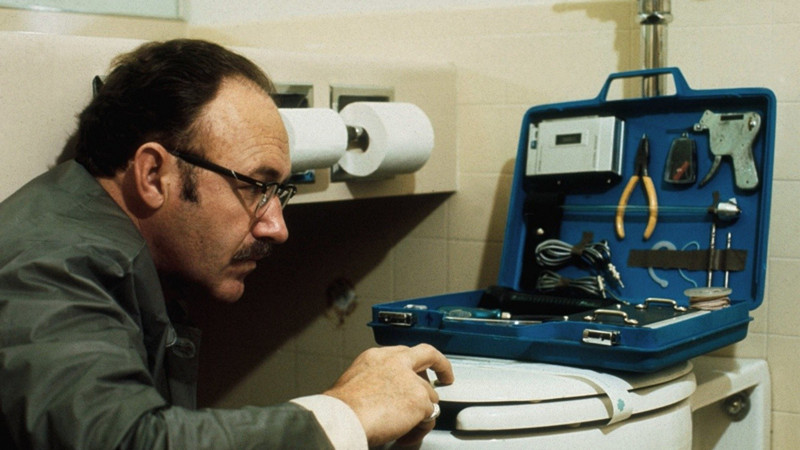
A near-perfect film, The Conversation is a must-watch movie for not only lovers of thrillers but admires of cinema entirely. Surveillance expert Harry Caul (Gene Hackman) is hired to eavesdrop on young couple, Mark (Frederic Forrest) and Ann (Cindy Williams). Caul and his partner Stan (John Cazale) end up recording a cryptic conversation between the couple. Haunted by a previous assignment that ended terribly, Caul refuses to hand over the tapes to his client’s assistant (Harrison Ford) and becomes determined to figure out why the couple are in danger.
It must be said that Gene Hackman’s portrayal of Harry Caul is a career-highlight for Hackman. While the plot and reveals are strong, the film feels more like a thorough character study. The insight into Caul’s trauma from a former case gone bad and distrust he has not only for humanity but the world around him is poignant. It is heartbreaking to see the only time Caul can feel at ease and let his guard down is when he is playing his saxophone alone in his apartment. With Hackman’s acting talent along with Coppola’s stellar writing and direction, Caul is one of the most impactful and tragic characters in movie history.
In addition to Hackman’s performance, the advanced insight is profound. Coppola taps into the important concept of surveillance vs participation. In relation to Caul’s story, it is Caul’s tapes that can cause misery. Therefore, Coppola makes an implication that Caul cannot discuss openly and requires audiences to think genuinely about the dangerous role that technology can play in society.
The Conversation is a culturally and historically significant film that truly proves the immense power of film.
5. Parallax View (1974)
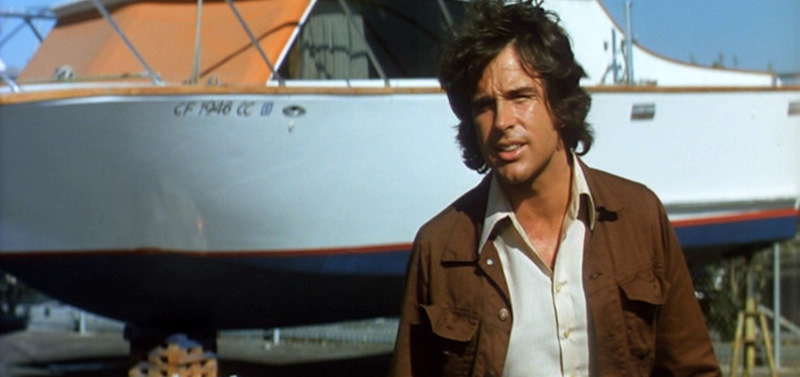
It would not be a proper list about paranoia if Alan J. Pakula did not make an appearance. As the second installment of Pakula’s “Paranoia” Trilogy, The Parallax View follows political reporter Joe Frady (Warren Beatty). After a senator is assassinated, Frady starts to believe that the mysterious Parallax Corporation may be involved. The more Frady investigates, others who share his viewpoint start meeting their demise, including his boss, Bill Rintels (Hume Cronyn). Eventually, Frady uncovers a conspiracy and must stop Parallax from murdering another target.
Differing from a movie like The Conversation, this film is must more focused on the twist and turns than a character analysis. However, this is not to imply that Frady is a one-dimensional character. Beatty is given witty and sometimes humorous dialogue. There is also a charm and confidence that exudes from Beatty that is undeniably fun to witness.
With several close calls and details unfolding as the plot thickens, the tension never falters. Lorenzo Semple Jr. and David Giler’s screenplay employs the cat-and-mouse structure to its advantage, and its social commentary feels frighteningly realistic and interesting rather than wildly absurd and pretentious.
The Parallax View tackles political conspiracy and paranoia as only Alan J. Pakula can.